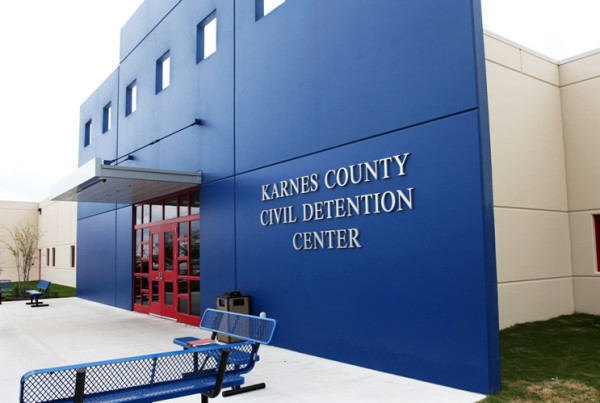Does it feel like this summer has flown by? We’re not even in August yet, but already the backpacks and pencils are on sale at the big box stores. As it stands, high school is where it stops for more than 60 percent of all Texans aged 25 to 38. But the Texas Higher Education Coordinating Board says it has a plan to turn that around: Reverse that number, and make it so that 60 percent of all Texans have a college degree by 2030.
Dr. David Gardner is deputy commissioner with the Higher Education Board. He says the goal for 60 percent of Texans to have a college degree by 2030 may seem aggressive, but it’s necessary.
“We believe you can’t get where you need to be unless you step forward and say, ‘This is what we have to do,’’ he says. “This is for the good of Texas, it’s for the good of students. We want to have a place where families can have a good life … so each succeeding generation can go further with their education.”
The Higher Education board has a plan in place, including to review data every quarter and work closely with schools. The creativity of schools is important in changing the culture, Dr. Gardner says, because it helped in the past to boost High School graduation rates.
A big question is not if students want to go to college, but whether they can even afford it. One of the goals of the 60×30 plan is to keep the debt levels down for students, Dr. Gardner says. The plan includes finding a funding model that doesn’t pit grants for needy students against an ongoing university budget.
In addition to keeping debt at a minimum, it’s important that students are educated about their debt, Dr. Gardner says. A recent study came out from the Brookings Institute that said virtually no student was aware of their debt.
“We need to make them more comfortable with understanding that,” Dr. Gardner says. “We need to help them be aware that sometimes they enter into loans that automatically roll over and they don’t know that that’s happening. But, we need to help them think about their career choices.”















